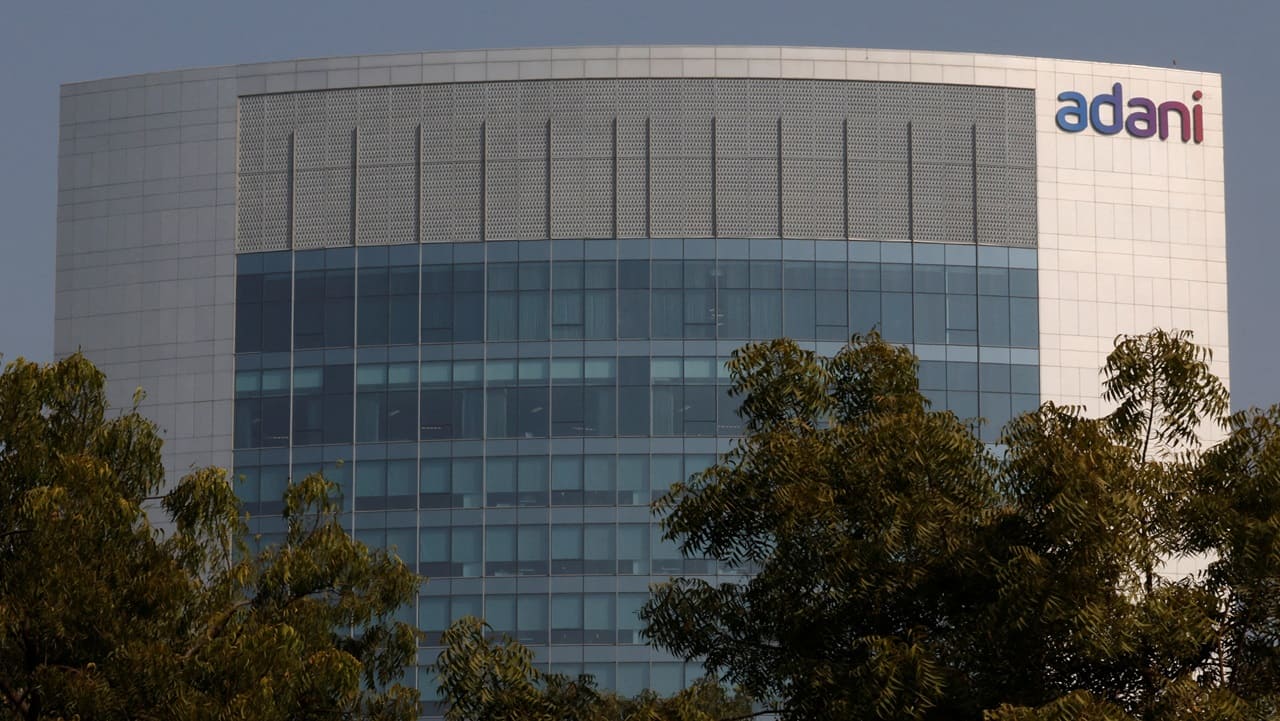Tata Motors, a leading Indian automaker, is set to list its commercial vehicles arm on bourses on November 12. The move is part of the company’s strategic plan to demerge its commercial and passenger vehicle segments into two separate listed entities.
In early 2024, Tata Motors had announced the demerger plan, stating that it would better capitalize on growth opportunities in both segments. The commercial vehicles arm will be listed separately from the passenger vehicle segment, allowing for more flexibility and autonomy in decision-making.
The listing process is expected to provide Tata Motors with much-needed capital to fund its expansion plans. The company has been investing heavily in electric and hybrid vehicles, with a focus on reducing carbon emissions and improving fuel efficiency.
The commercial vehicles arm includes buses, trucks, and other commercial vehicles, which are an important source of revenue for Tata Motors. By listing these vehicles separately, the company hopes to attract more investors and improve its market share.
The listing is expected to take place on November 12, with the exact details yet to be confirmed. Tata Motors has announced that it will provide further updates on the listing process in the coming weeks.
Key points to note:
\* The commercial vehicles arm will be listed separately from the passenger vehicle segment.
\* The demerger plan is expected to provide Tata Motors with much-needed capital to fund its expansion plans.
\* The company has been investing heavily in electric and hybrid vehicles, with a focus on reducing carbon emissions and improving fuel efficiency.
The listing of Tata Motors’ commercial vehicles arm is an important milestone for the company, marking its entry into the stock market. With this move, the company aims to increase transparency and accessibility for its investors. As the Indian automotive sector continues to grow, it will be interesting to see how Tata Motors fares in its new capacity as a publicly traded entity.


